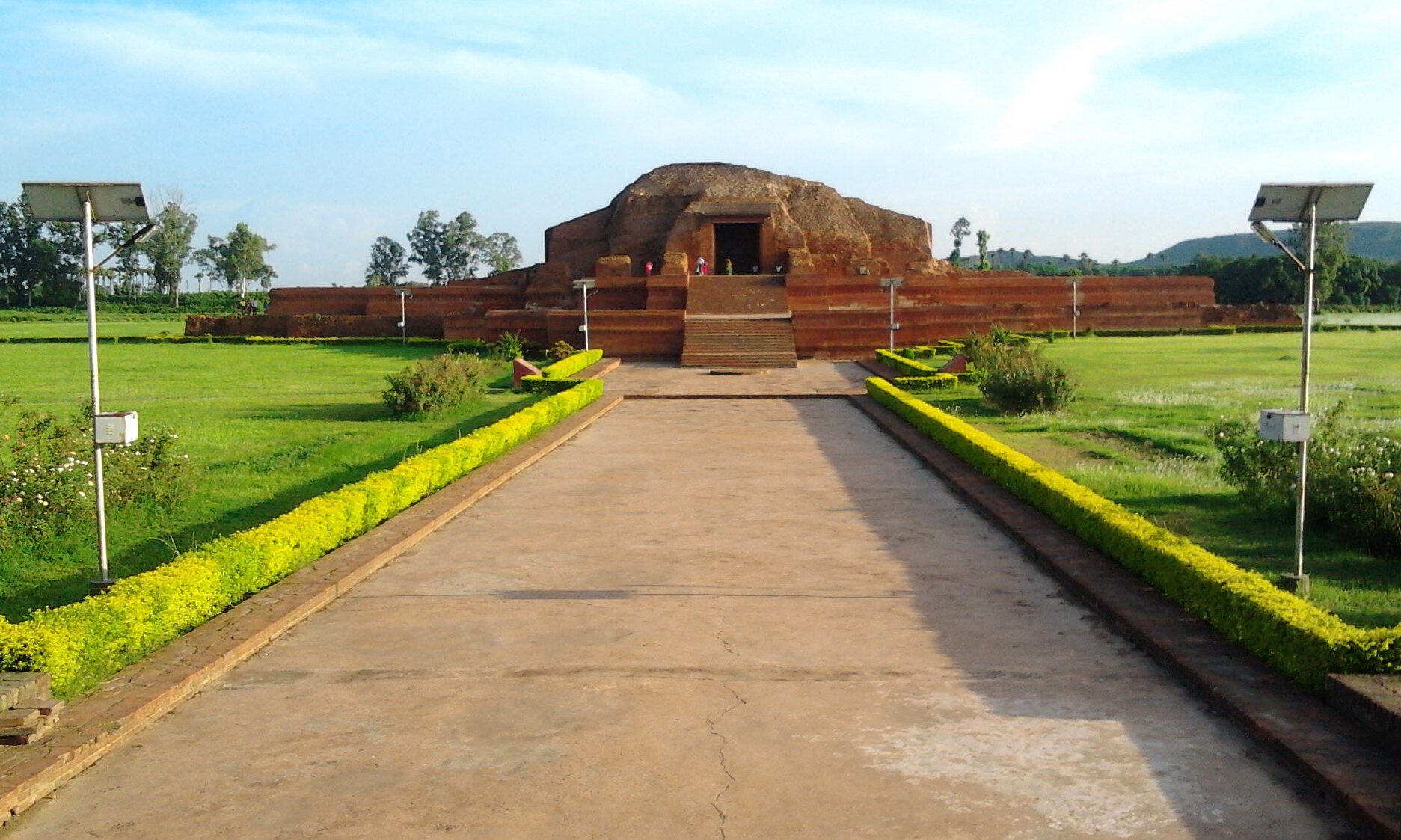Udhwa (also spelled Udhua) is a village in the Uddhwa CD block in the Rajmahal subdivision of the Sahibganj district in the Indian state of Jharkhand.
Udhwa is named after saint Uddhava of Mahabharat times, a friend of God Krishna and philosopher of Sankhya Yoga (Samkhya). It is believed that Udhwa was the place of Saint Uddhava.
Udhwa Nala, Sahibganj /*! elementor - v3.20.0 - 20-03-2024 */ .elementor-widget-divider{--divider-border-style:none;--divider-border-width:1px;--divider-color:#0c0d0e;--divider-icon-size:20px;--divider-element-spacing:10px;--divider-pattern-height:24px;--divider-pattern-size:20px;--divider-pattern-url:none;--divider-pattern-repeat:repeat-x}.elementor-widget-divider .elementor-divider{display:flex}.elementor-widget-divider .elementor-divider__text{font-size:15px;line-height:1;max-width:95%}.elementor-widget-divider .elementor-divider__element{margin:0 var(--div…



















